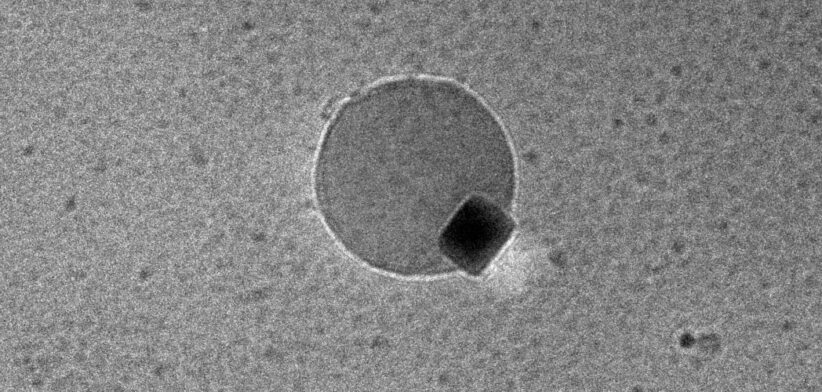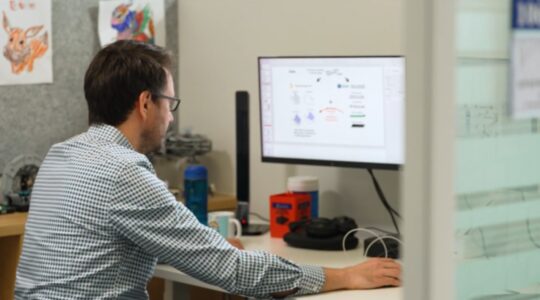Scientists, for the first time, have watched water being made in real-time and unlocked the potential of rapidly generating water in arid environments, including other planets.
Professor Vinayak Dravid of Northwestern University in the United States said the researchers witnessed, at the molecular-scale, hydrogen and oxygen atoms merge to form tiny, nano-sized bubbles of water (SEE VIDEO BELOW).
Professor Dravid said the event occurred during a study in which scientists sought to understand how palladium, a rare metallic element, catalyzed the gaseous reaction to generate water.
He said by witnessing the reaction at the nanoscale, the team unravelled how the process occurred and uncovered new strategies to accelerate it.
“By directly visualizing nanoscale water generation, we were able to identify the optimal conditions for rapid water generation under ambient conditions,” Professor Dravid said.
“These findings have significant implications for practical applications, such as enabling rapid water generation in deep space environments using gases and metal catalysts, without requiring extreme reaction conditions.”
He said since the early 1900s, researchers had known that palladium could act as a catalyst to rapidly generate water, but how, exactly, this reaction occurred had remained a mystery.
Co study author PhD candidate Yukun Liu said the phenomenon was never fully understood because scientists needed to combine the direct visualization of water generation and the structure analysis at the atomic scale in order to figure out what was happening with the reaction and how to optimize it.
Mr Liu said viewing the process with atomic precision was impossible, until nine months ago when the team developed a new method to analyze gas molecules in real time.
He said using the new technology, they examined the palladium reaction, first seeing the hydrogen atoms enter the palladium and expanding its square lattice.
But they then saw tiny water bubbles form at the palladium surface.
“We think it might be the smallest bubble ever formed that has been viewed directly,” Mr Liu said.
Read the full report: Unraveling the adsorption-limited hydrogen oxidation reaction at palladium surface via in situ electron microscopy.








